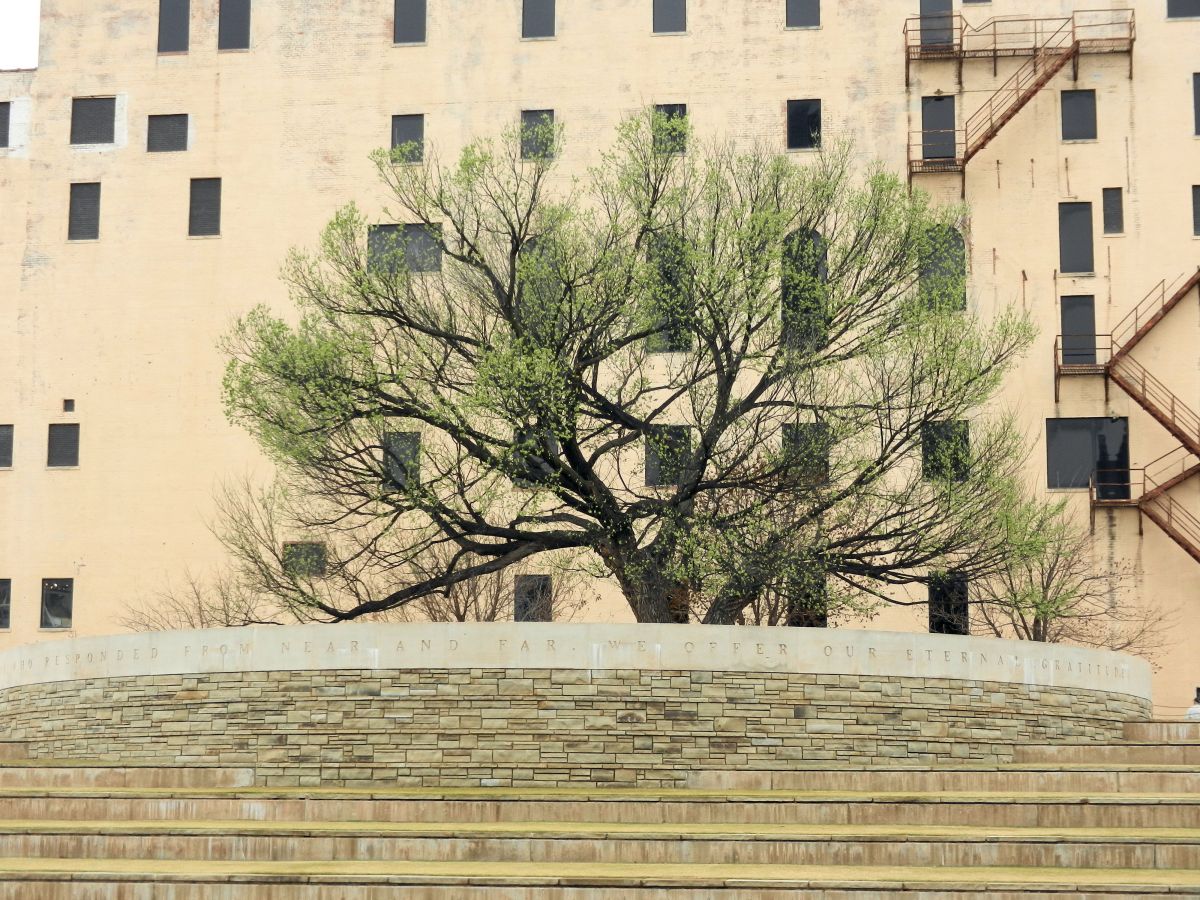Many countries around the world have a day dedicated to honoring mothers. In the United States, that day occurs annually on the second Sunday in May. The day is so widely observed that May is almost synonymous with Mother’s Day.
“Mother’s Day is a time to celebrate the women who play a meaningful role in our lives,…”
NRF President and CEO Matthew Shay
Considering spending on gifts, meals, and travel, Mother’s Day is big business. “Mother’s Day spending is expected to reach $33.5 billion this year, (2024) according to the annual consumer survey released by the National Retail Federation and Prosper Insights & Analytics. The figure is the second highest recorded, following the 2023 record $35.7 billion. ”
Mothers Who Lead
For the first time in United States history, the Vice President is a mother. Vice President Kamala Harris is the first woman to hold that office. She is stepmother to the two children of her husband, Second Gentleman Doug Emhoff.

First Lady Jill Biden is both a stepmother and a mother. When she married President Joe Biden (then a Senator), he was a widower whose wife and daughter had died in a tragic automobile accident. She helped him raise his two sons and they have a daughter together.

There are mothers on the Supreme Court. Justice Amy Coney Barrett has seven children, two of whom she and her husband adopted. The newest on the Court, Justice Ketanji Jackson has two daughters with her surgeon husband.


Unsung Hero-the movie
I recently saw a new movie which tells a true story about a mother. Helen, a mother of six, lived in Australia with her concert promoter husband David.
She was pregnant with their seventh child when David’s business went bankrupt and they lost their large luxurious home. After several business leads fell through, they immigrated to the United States to start over, literally with nothing.
The movie convincingly portrays David’s anger, despair, and embarrassment that his business failure made his family destitute, for which he blamed himself. Meanwhile, Helen remained optimistic, clinging to her strong Christian faith, creating a warm loving home, and nurturing her children despite their lack of material possessions.
With sacrifice, hard work, prayer, and support from friends and their church, David slowly rebuilt a successful business, and all the children have built thriving, creative careers. Three of them are now well-known recording artists, which is how I learned about this movie.
Two of their sons, Joel and Luke, sing together as a “Christian pop” duo they call For King and Country. My husband and I attended their concert which was quite a production of sound, lights, and energy, as you can see from the photos I’m sharing.




During the show, they introduced the movie, Unsung Hero, about their parents, Helen and David Smallbone. Joel and Luke produced the film which Joel directed and played the part of his own father! (Spoiler alert, their sister, singer Rebecca St. James, has a cameo role in the film.)
We were intrigued and decided to see the film when it was released. We did and were not disappointed. It would make a remarkable story even if it weren’t true. You can find it in a local theatre now, or later look for it on a streaming platform.
The Extraordinary Adventure of a Mum and Her Family
I haven’t read it yet, but Helen has told her story in a book Behind the Lights” The Extraordinary Adventure of a Mum and Her Family.
“Helen Smallbone’s heartfelt story illustrates what it means to really let God lead, which almost always means living outside the box of how the world says to live.
How did an ordinary Australian family produce two Grammy Award-winning artists—Rebecca St. James and FOR KING & COUNTRY? What happened to bring the Smallbones through closed doors and to new beginnings in the United States?
In Behind the Lights, Helen shares not only these stories of her family but of the life lessons they all learned along the way.” (Amazon affiliate link)
Listen to a sample from the audiobook here.
Unknown Mothers-Genealogy
I read an interesting statistic the other day. I don’t remember the source, but it claims that many people do not know the names of their four grandparents and even fewer know their eight great-grandparents.
That surprised me because even though I never met any of my grandparents, I at least knew their names. And thanks to genealogy research, now I know the names of my great-grandparents. I am a novice at genealogical research, but the more I do, the more fascinating it is.
If you want to know more about your ancestors, start now with your oldest living relatives; you don’t know how much longer they will be around and once they die their information is lost. Also, talk to younger relatives who may know more than you think. Record and store everything you learn in a safe place.
Genealogical information is easier to find now with the help of the internet, but not all information is reliable so you need to cross-check names and dates carefully. You can always use an all-purpose search engine like Google or Bing but sites specific for genealogy are more useful. Some of these are
Some genealogy sites are free, some offer a free trial, and some are free with optional upgrades.
DNA testing
Genetic genealogy creates family history profiles (biological relationships between or among individuals) using DNA test results combined with traditional genealogical methods. With DNA testing, genetic genealogy can determine the levels and types of biological relationships between or among individuals.

This branch of genetics has become popular, as costs are drastically reduced making genealogical studies using molecular techniques accessible to the general public. The advantages of including DNA, instead of only using traditional genealogical research, include
- the ability for researchers to extend their ancestry beyond the paperwork of recent centuries, and
- to construct ancient pedigrees through molecular evolutionary studies.
Genealogists also use DNA to solve mysteries in their immediate families, such as to discover the biological parents of adoptees or to determine the accurate male ancestor in a non-paternity event (NPE).
Before taking a DNA test, consider the research question that you want to answer and learn about the different tests and companies that are available to choose from.
Mother’s Day
Whether you are reading this post on Mother’s Day or not, I hope you appreciate the mothers who impact your life, including those who are not biological relatives. If you are a mother, consider leaving your descendants information about your ancestors to make their future genealogical searches easier, especially about family medical history that might impact their health.
A family health history can identify people with a higher-than-usual chance of having common disorders, such as heart disease, high blood pressure, stroke, certain cancers, and type 2 diabetes. These complex disorders are influenced by a combination of genetic factors, environmental conditions, and lifestyle choices. A family history also can provide information about the risk of rarer conditions caused by variants (mutations) in a single gene, such as cystic fibrosis and sickle cell disease.
We can thank science for these tools that enable us to anticipate and prevent disease and premature death and to identify the “unsung heroes” from our genetic past.
exploring the HEART of health
I’d love to have you join me for my next post where I share more information and inspiration to help you turn health challenges into health opportunities.
Add your name to the subscribe box and I’ll send you an email when I publish a new post. Click the link in the email to go straight to the post. You won’t get anything else. You can easily unsubscribe anytime but I hope you won’t.
Dr. Aletha

Raymond and I at the For King and Country concert
Some affiliate links in this post pay a small commission to this blog if you make any purchase through them. Here are two other links you may find valuable and which also help support my work here.
Bookshop.org is an online bookstore with a mission to financially support local, independent bookstores. They believe bookstores are essential to a healthy culture and they are dedicated to the common good. Bookshop.org donates a portion of every sale to independent bookstores.
Many people find using their phones a convenient way to read and meditate on the Bible. And it’s easy to do so with the Dwell Bible App. With Dwell you can listen to and read the Bible and special devotional offerings for Advent, Lent, and throughout the year.












You must be logged in to post a comment.